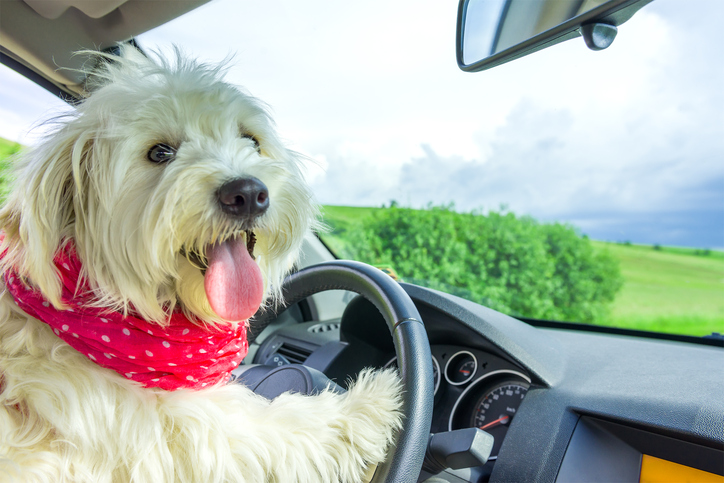Keep your pets cool in the summer heat with tips from the SPCA
If it’s hot, your pet may be in trouble! During warm weather pet guardians must take precautions against the danger of heat exhaustion and heatstroke for their pets. The temperature in a parked car, even in the shade with the windows partly open, can rapidly reach a level that will seriously harm or even kill your pet. Leaving you pet in a car with the air conditioning on is also taking a risk as many pets have died as the result of a faulty air-conditioning system.
If you see a dog in a car on a warm or humid day who you believe may be in trouble, ask nearby stores to page customers. If the dog is in distress call municipal animal control authorities right away, or the local police department, RCMP immediately.
Dogs (and cats) cool themselves by panting and by releasing heat through their paws. On summer days the air and upholstery in your vehicle can heat up to high temperatures that make it impossible for pets to cool themselves. Your dog will be more comfortable if left at home.
Note that dogs also risk overheating if exercised outside during the day in hot weather. Choose the early morning and evening when it’s cooler, to excercise your dog and always remember to bring extra water for your dog and take lots of breaks.
Symptoms of heatstroke
- Exaggerated panting (or the sudden stopping of panting);
- rapid or erratic pulse;
- salivation;
- anxious or staring expression;
- weakness and muscle tremors;
- lack of coordination;
- tongue and lips red (which may eventually turn bluish in colour);
- convulsions or vomiting;
- collapse, coma and death.
Emergency treatment for dogs
If your dog shows symptoms of heatstroke follow these instructions:
- Immediately move the animal to a cool, shady place.
- Wet the dog with cool water.
- Fan vigorously to promote evaporation. This process will cool the blood, which reduces the dog’s core temperature.
- Do not apply ice. This constricts blood flow which will inhibit cooling.
- Allow the dog to drink some cool water.
- Take the dog to a veterinarian as soon as possible for further treatment.
Veterinarians may apply supportive measures such as intravenous fluids to rehydrate the animal and oxygen to prevent brain damage.
Dogs in hot cars resources
The following documents are available to help you raise awareness and educate others on this all too common danger.





